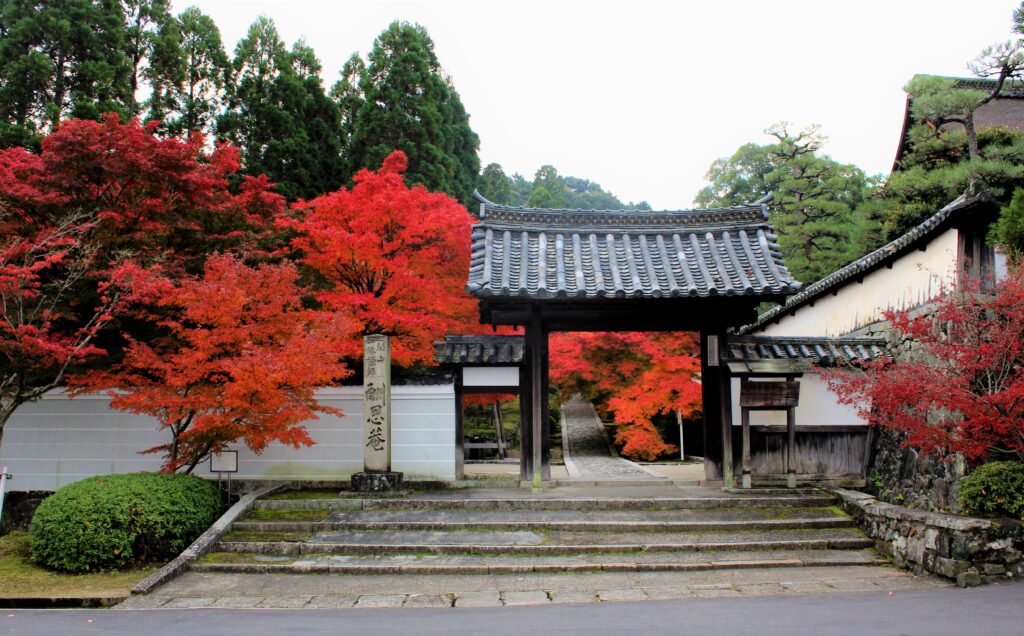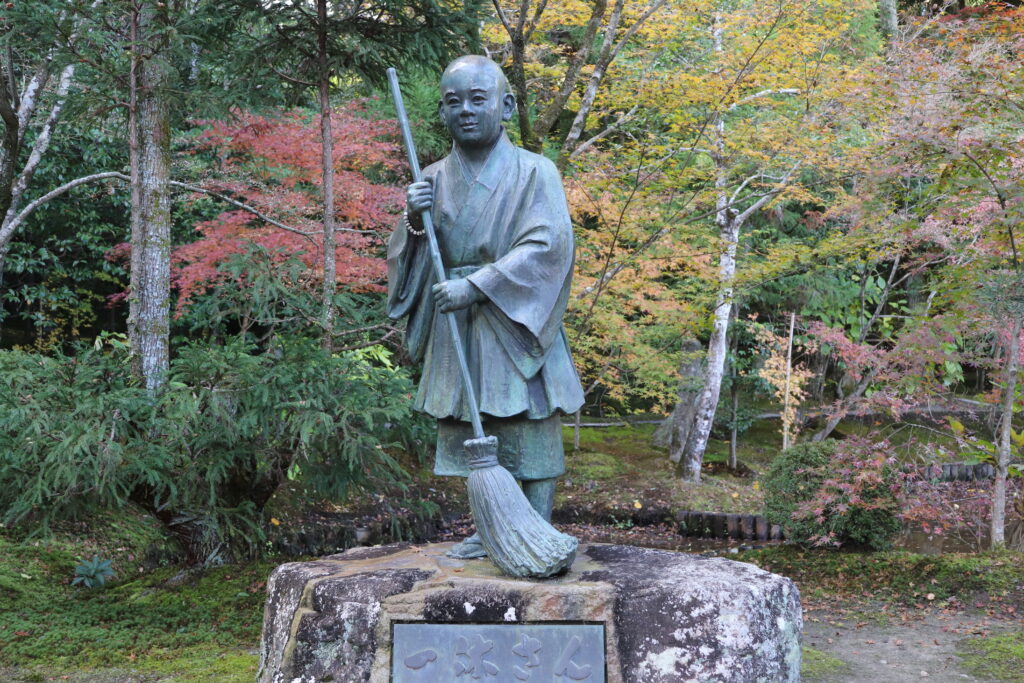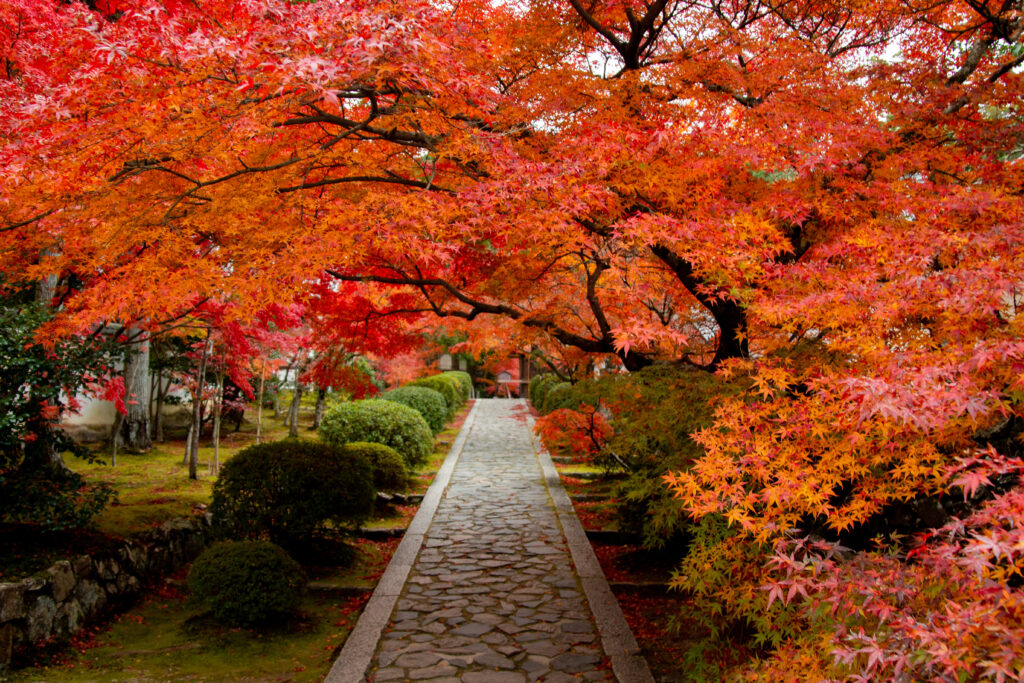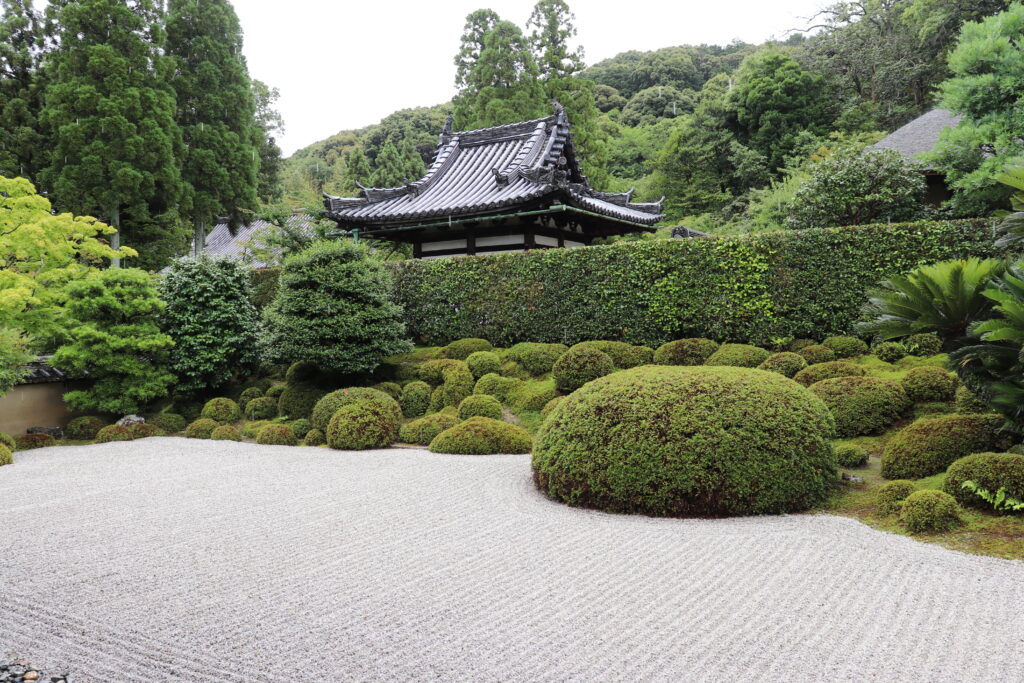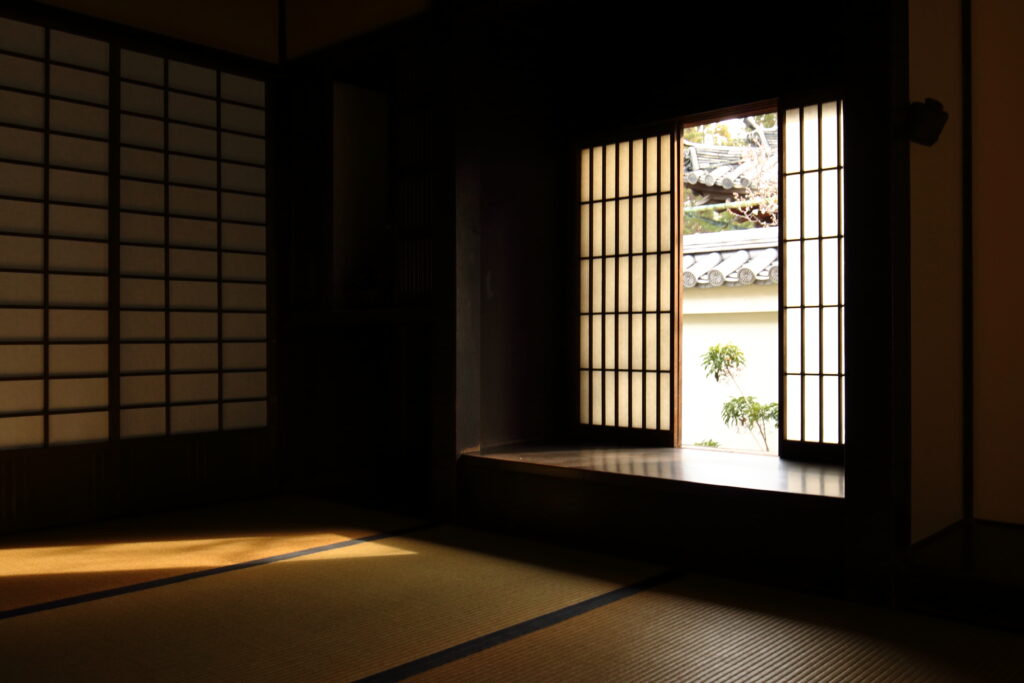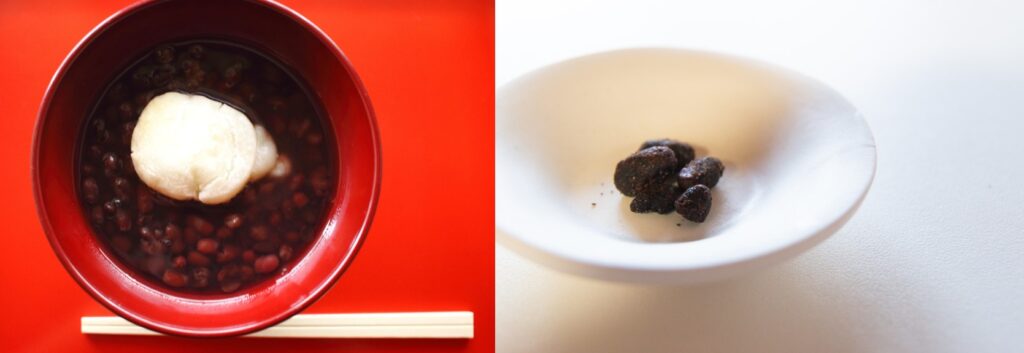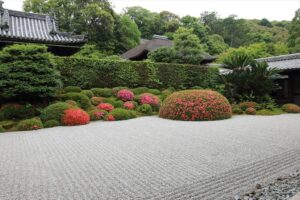Before visiting Ikkyuji Temple, let’s quickly learn about the life of Ikkyu Sojun! He was a Zen Buddhist monk of the Daitoku-ji branch of the Rinzai school. In Ikkyu-san, he is depicted as a young monk in training. When faced with a problem, he draws circles on his head with his fingers, sitting in the lotus position, and comes up with a solution. His quick wit often leaves adults like the shogun (military ruler) surprised and speechless. All of these depictions and storylines made him a unique character. This anime series was really popular and ran for a total of 296 episodes after its first broadcast in 1975. Many Japanese and Chinese people who are now around 40-50 years old grew up watching it.
Ikkyu Sojun, born in 1394, is said to have been a prince who lived among common people. There are various theories about his birth, and one suggests that his father was Emperor Gokomatsu, and his mother, a woman named Teruko who was a daughter of Hino Chunagon, a counselor in the Imperial court. It is also said that Teruko was expelled from the Imperial court and gave birth to Ikkyu Sojun in a commoner’s house in Kyoto. Ikkyu Sojun’s childhood name was said to have been Sengikumaru. At the young age of six, he was sent to a Zen temple of the Rinzai school, Ankokuji Temple, because Teruko hoped he would become a monk. He trained as a monk there for eleven years, and the boy in the cartoon is based on how he might have been during this period.
Ikkyu Sojun was a multi-talented person. He was a great monk, and also a poet, an artist, and proficient in classical Chinese. While possessing a serious side, he behaved naturally and freely, rejecting authority, and was quite different from ordinary monks. In his later years, he lived in Ikkyuji Temple, where he eventually breathed his last.
